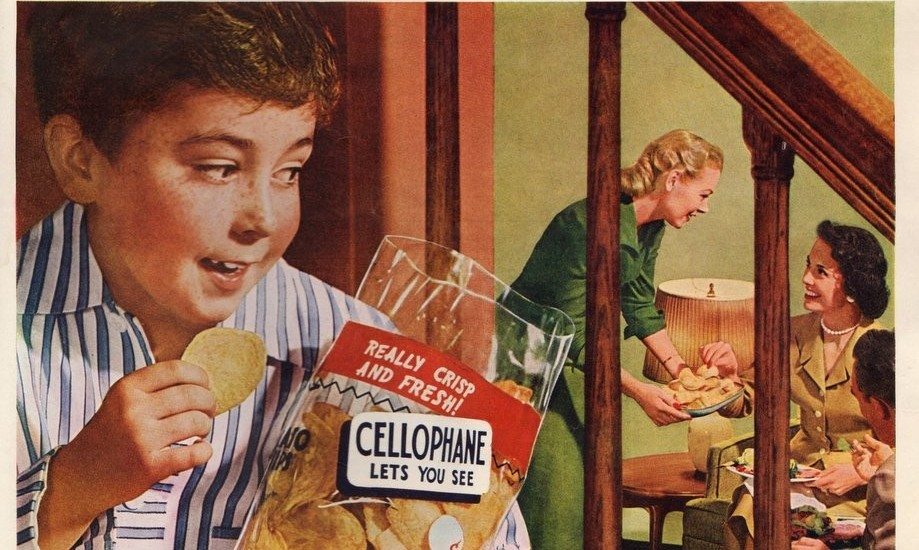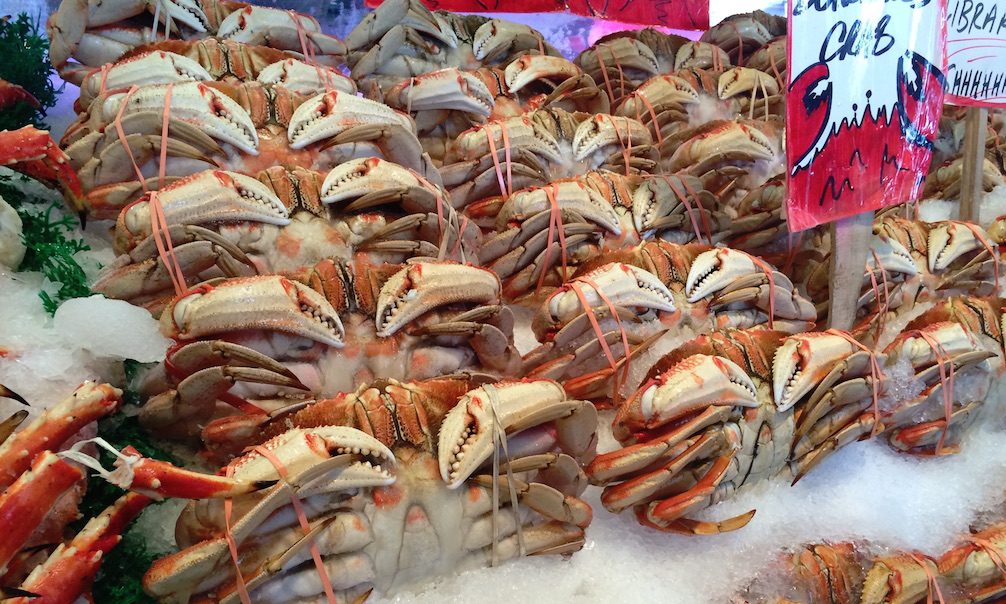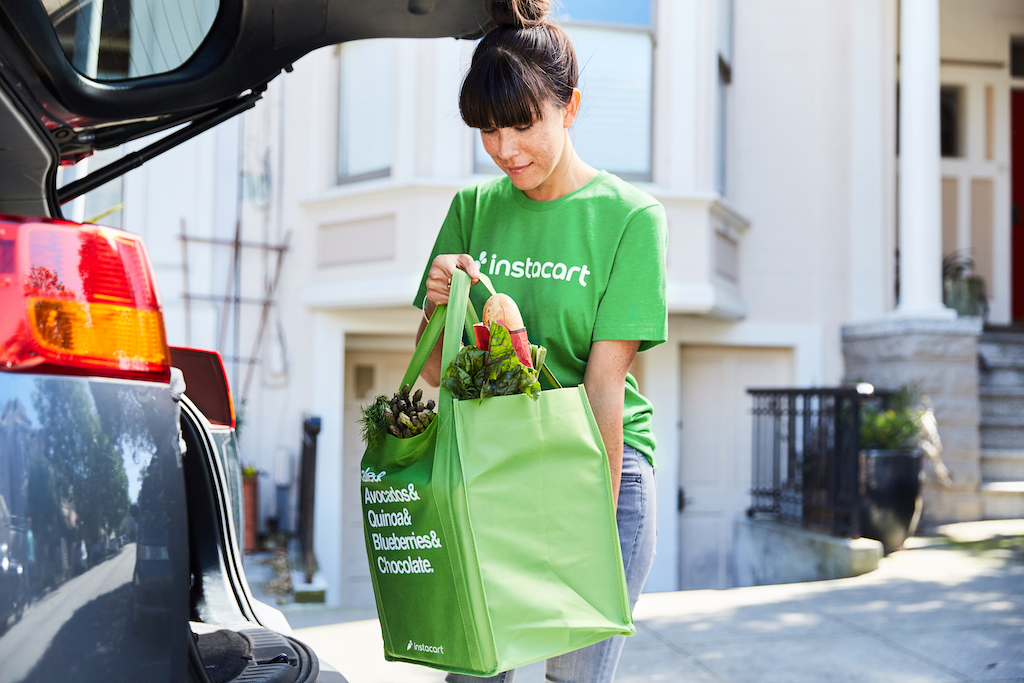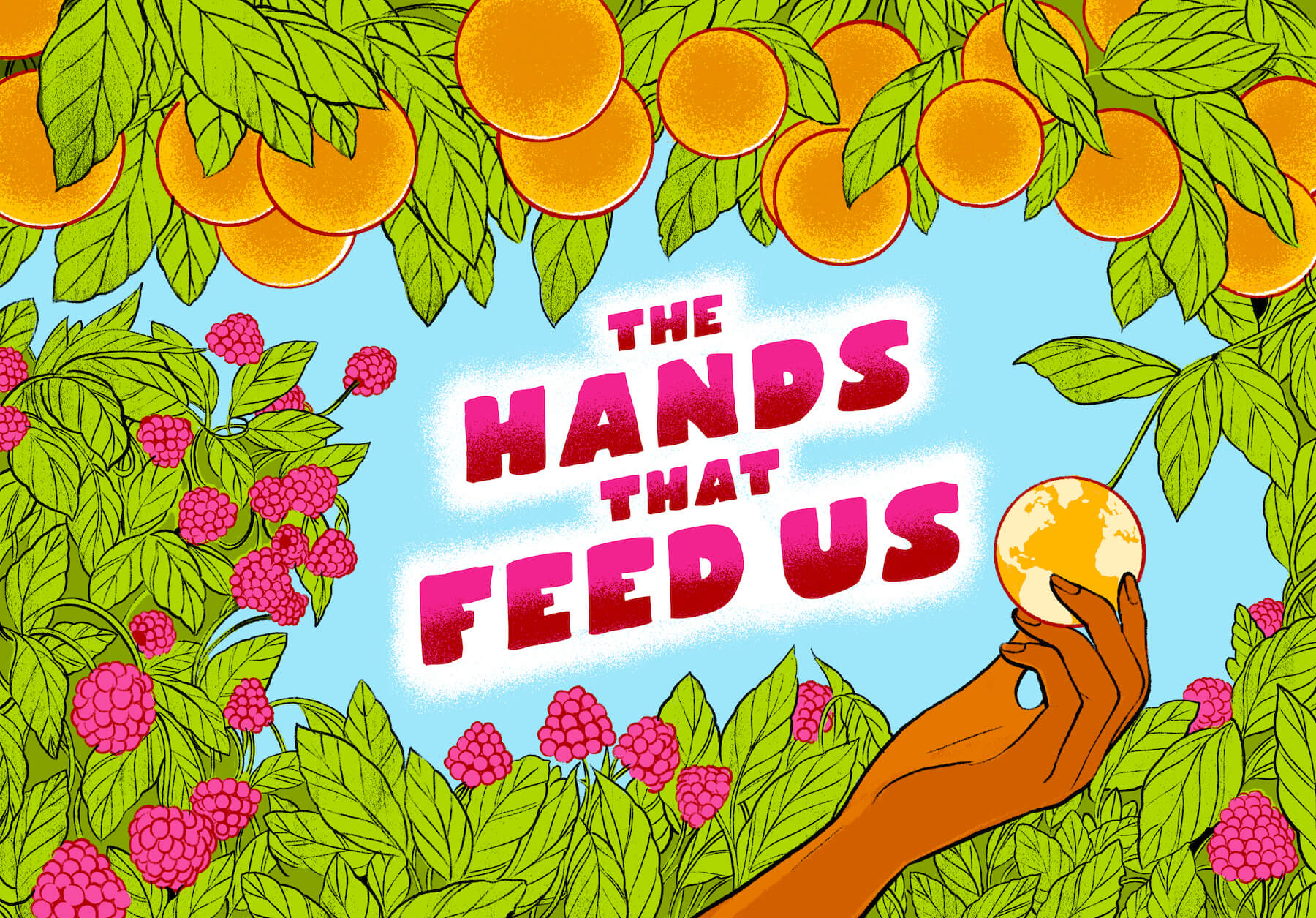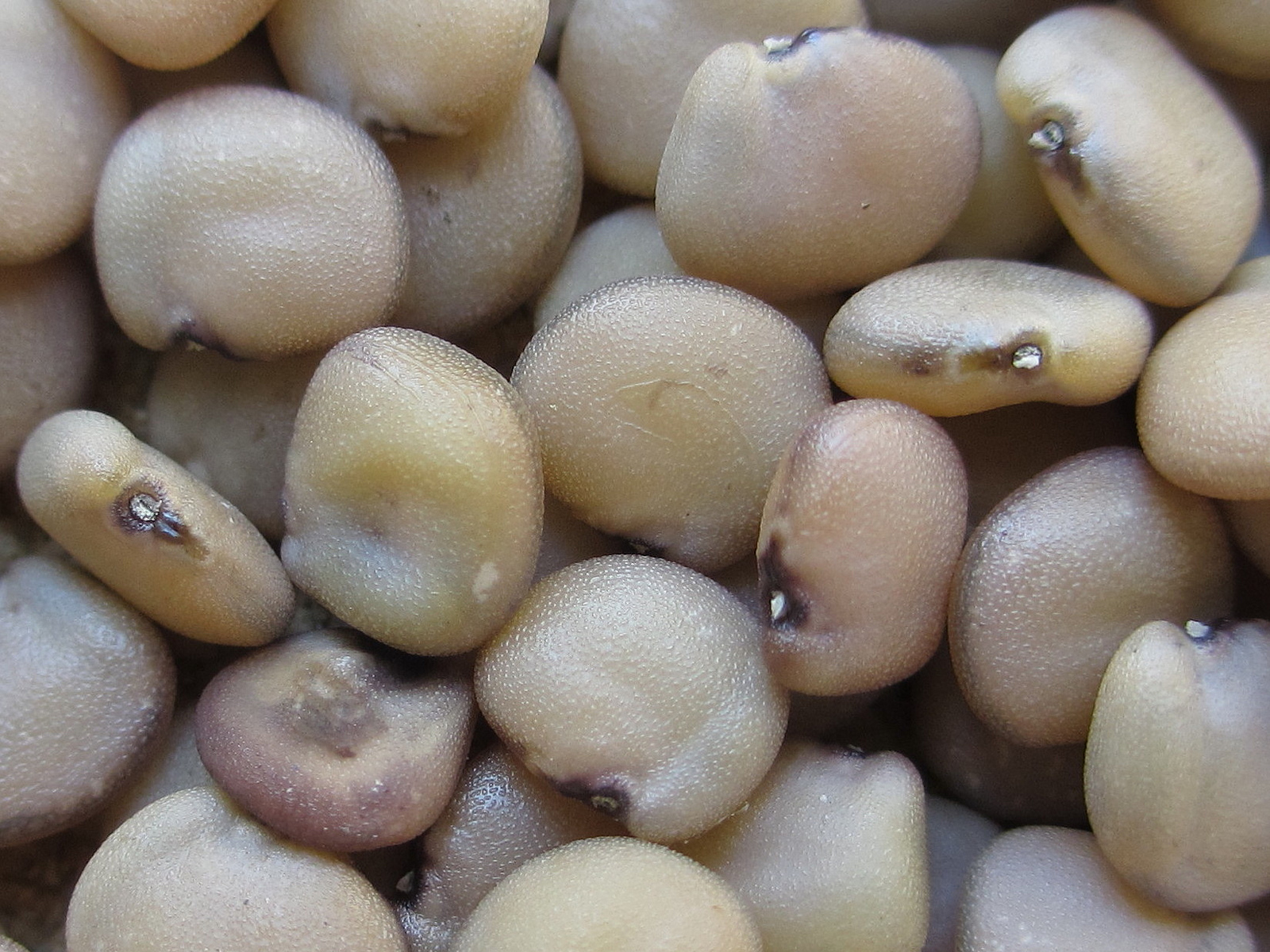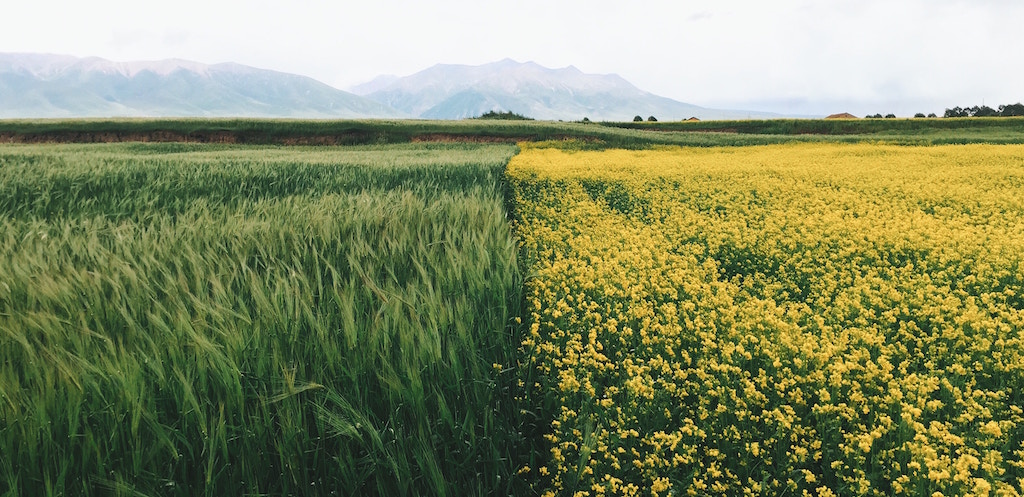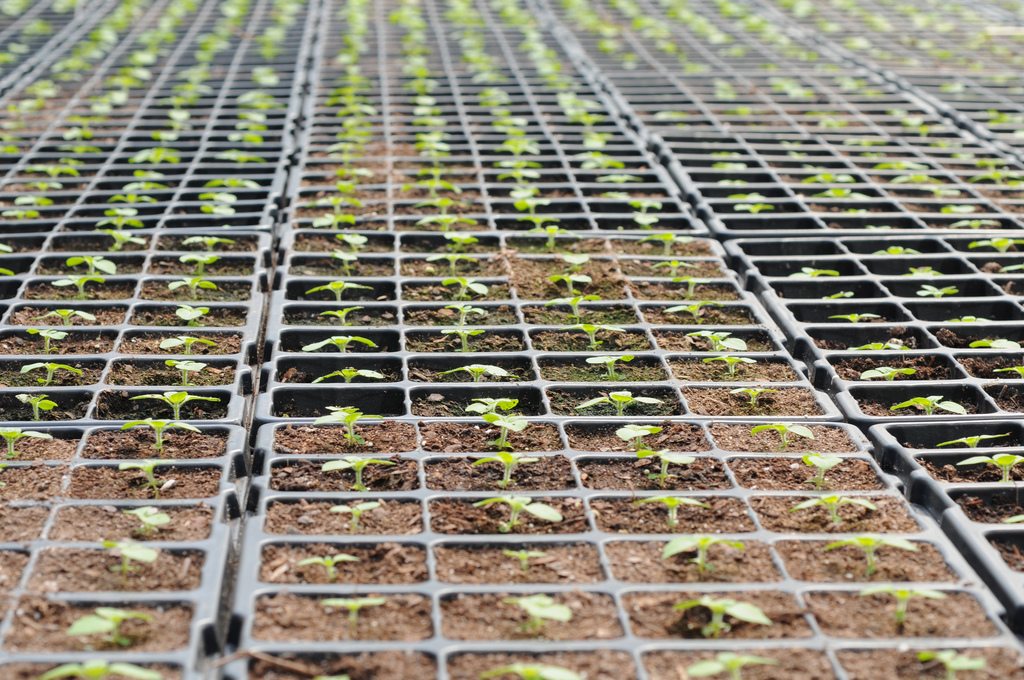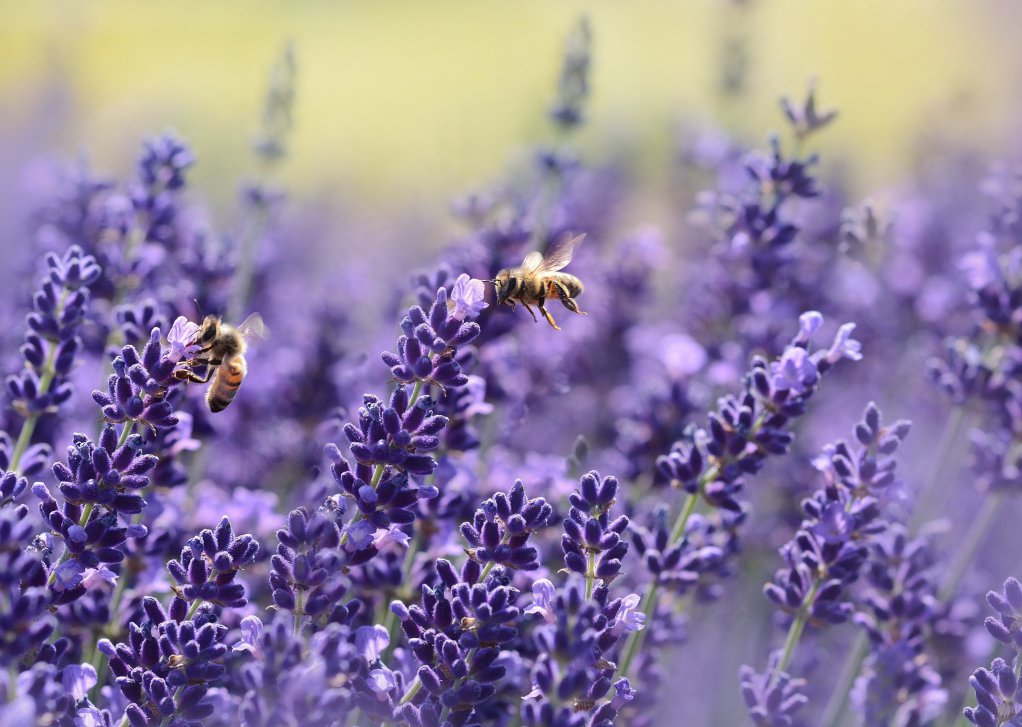
Joe
We’ve all heard that bees are in trouble, and by now their list of nemeses has become familiar. Development and climate change have limited the regions where they can live. Neonicotinoids, a ubiquitous class of insecticide, are highly toxic to them, causing mass die-offs in parks and Target parking lots. Then there’s the parasites and diseases, especially verroa mites and deadly fungal pathogens, that have decimated wild and commercial bee populations alike.
But we hear less often about one of the biggest culprits: agriculture itself. We expect bees to pollinate our food crops for free, but the fact is that large sections of the country are cultivated using farming methods that aren’t just bee-unfriendly—they’re actively hostile to bee health.
The trouble starts with the monoculture, now a standard approach in conventional agriculture, where huge acreages are planted with just a single crop. That lack of diversity might seem efficient in theory, but it turns out it’s really hard on bees. It doesn’t give them enough food, both in terms of volume and variety.
“Monoculture crops come all into bloom at one time, so you end up with a kind of feast or famine cycle where there’s a ton of pollen and nectar available to bees for just a few weeks out of the year, and then there’s nothing the rest of the year,” says Eric Lee-Mader, pollinator program co-coordinator of the Xerces Society, a non-profit group that works to conserve and protect bee populations worldwide. Meanwhile, he says, when the pollen is available, it is only one sort, which means that bees can’t get the range of nutrients they need. For bees in certain sections of Idaho, for instance, it’s like being forced to live on a diet of potatoes alone, and the mono-diet wrecks their immune systems the same way it would a human’s.
But growing numbers of food companies are starting to realize that the farms supplying them are really tough on bees—and they’ve decided to start working with the creatures, rather than against them. They’re starting to ask their farmers to line the borders of their farms with bee-friendly polycultures, hedgerows brimming with wildflowers and native plants. This gives wild bees the habitat they need for shelter and nutrition, and keeps them hearty enough to do the work of pollinating large monocultures.
“They [the hedgerows] can be fairly minimalist in the right setting, and still provide amazing functionality,” Lee-Mader says. “We’ve planted some hedges in California on farm roads that are at full maturity—probably not more than eight or ten feet wide—and they hum with life. They’re filled with bees, they’re filled with hummingbirds, we see pheasants and coyotes and raptors in them. You can get a lot of biodiversity out of a fairly small hedgerow.”
 Häagen-Dazs
Häagen-Dazs Planting young shrubs for a hedgerow in Chowchilla, CA
According to Lee-Mader, Xerces is working actively with General Mills, which hopes to plant enough hedgerows to cover 300,000 acres of production. It’s also working with White Wave, the makers of Silk almond milk. And last week, a major new initiative was announced: a six-mile hedgerow was completed at an almond farm in Chowchilla, California, a key supplier of Häagen-Dazs ice cream. It’s the longest-ever permanent structure of its kind, enough to support 840 acres of conventional production using a mix of wildflowers and native plants, including California lilac, goldenrod, milkweed, coyote mint, coyote brush, toyon, sage, Oregon grape, manzanita, and redbud. It’s also supported by 28 acres of “understory,” native plants and grasses that grow beneath the almond trees and keep bees flourishing while maximizing production acreage.
Hedgerows like this one don’t just keep bees pollinating, they also allow producers to cut down on pesticides. And Lee-Mader says new research suggests that monocrops also deter healthy predatory insects like ladybugs, which will eat crop-destroying aphids by the thousands—though only if there’s enough nectar around as a backup.
“The only insects that thrive tend to be the pests of those crops,” he says. “We respond to those pests with a constant array of chemical weapons, and you end with a pretty unhealthy conditions for bees, even when crops are in bloom.”
As the predicament of wild bees becomes increasingly precarious, food corporations are seeing the hedgerow as a crucial way to ensure consistent supply of quality raw ingredients. So much so, that they’re willing to foot the bill. Häagen-Dazs has paid for the Chowchilla hedgerow in full, and is exploring the possibility of building something similar for its main strawberry supplier in northern Washington State.
 Häagen-Dazs
Häagen-Dazs A portion of the six-mile hedgerow at Häagen-Dazs’s almond supplier in Chowchilla, CA
“Increasingly, we see some of the largest food companies on earth are really adopting this model,” Lee-Mader says. “Many of them entered into this kind of conservation work with an initial interest in consumer engagement and developing corporate social responsibility campaigns around bee conservation. But increasingly, I think most of them recognize that this is much more significant. The need for this runs deeper than any feel-good, cause-marketing sustainability campaign. They increasingly recognize that pollinators—just like water, just like soil, just like a stable climate—are essential to their success, longevity, and bottom line. And they’re making big investments in this type of work.”
For Lee-Mader, it’s a sign of a major methodological shift, one that tells us a lot about how the future of food production won’t only be Big Ag or small, but will blend practices of both. After all, small farmers have been using this practice for decades, if not centuries. It’s just that the big guys are finally catching up.
“I think that farms that are not embracing this are the farms that are going to be left behind,” Lee-Mader says. “We’re seeing now cracks in the system that are pretty strong indicators that we need a more ecologically-based approach to feeding ourselves.”

